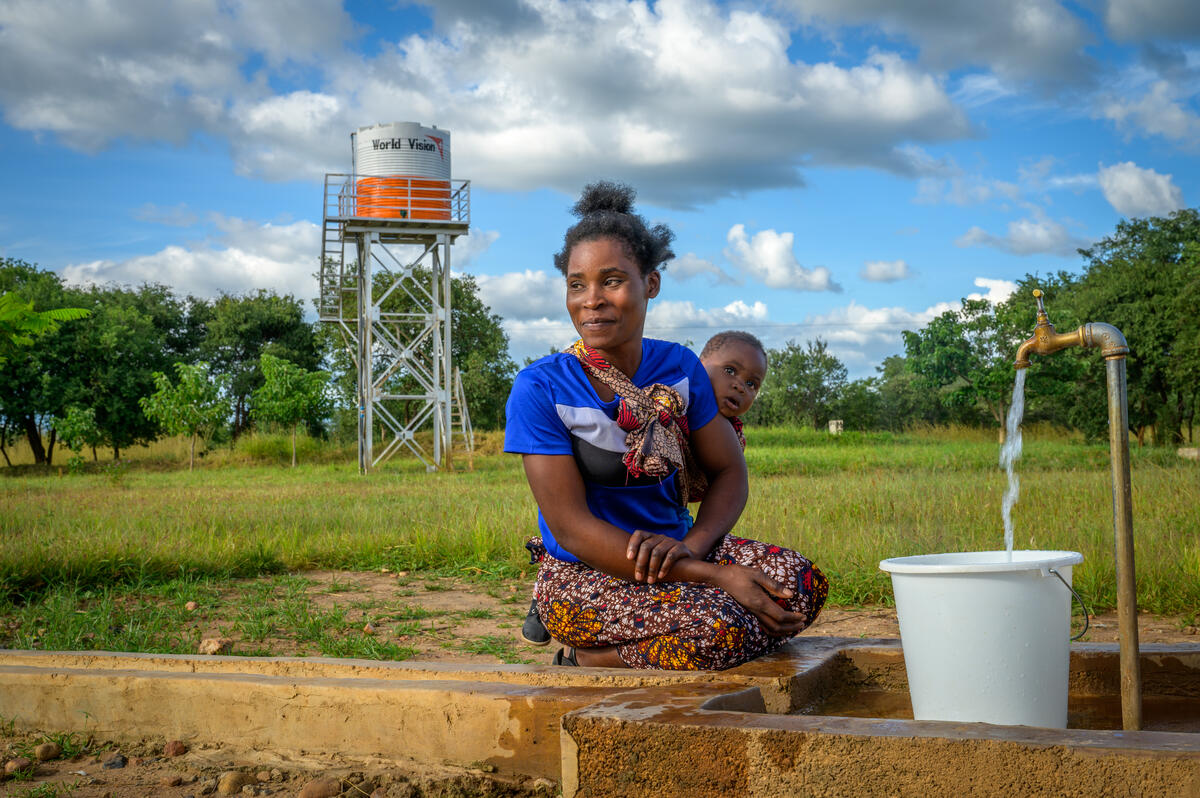World
Global water crisis: Facts, FAQs, and how to help

Milestones of the global water crisis
1700s to 1800s: Industrialization led to increased urbanization in Europe, highlighting the need for clean water supplies and sanitation.
1800s: Water shortages first appeared in historical records.
1854: Dr. John Snow discovered the link between water and the spread of cholera during an outbreak in London.
1866: In the United States, there were 136 public water systems; by the turn of the century, there were 3,000.
1900: Since 1900, more than 11 million people had lost their lives to drought, and more than 2 billion people have been affected.
1972: The U.S. Clean Water Act updated 1948 legislation to control water pollution and funded construction of sewage treatment plants.
1993: The U.N. General Assembly designated March 22 as World Water Day.
2000: The U.N. member states set Millennium Development Goals (MDGs) for development progress, including a 2015 target to halve the number of people without sustainable access to safe drinking water.
2003: UN-Water was founded as a coordinating platform for sanitation and freshwater access issues.
2005: About 35% of the global population experienced chronic water shortages, up from 9% in 1960.
2005 to 2015: U.N. member states prioritized water and sanitation development during the International Decade for Action “Water for Life.”
2008: The U.N.-recognized International Year of Sanitation prioritized health and dignity.
2010: The MDGs’ clean water access target was achieved five years ahead of schedule. More than 2 billion people gained access to safe drinking water since 1990. The U.N. General Assembly recognized the right of each person to have adequate supplies of water for personal and domestic use that were physically accessible, equitably distributed, safe, and affordable.
2013: The U.N. designated November 19 as World Toilet Day to highlight the global issue that billions of people still don’t have access to proper sanitation.
2015: About 2.6 billion people have had access to clean water in the last 25 years, and about 1.4 billion gained access to basic sanitation since 2000. The U.N. member states signed on to the Sustainable Development Goals (SDGs) — successors to the MDGs, that promise clean water and sanitation for all by 2030.
2018: U.N. Secretary-General António Guterres made a global call to action for WASH in all healthcare facilities, citing their crucial role in disease prevention and reduction. Without basic WASH services, health centers could contribute to more infections and preventable deaths for mothers and newborns.
2020: Globally, about 1.8. billion patients and health workers face a higher risk of COVID-19 infection and other diseases due to the lack of basic water and sanitation services at health services, according to WHO and the U.N. Children’s Fund (UNICEF).
2023: Up to an estimated 3 billion people globally face water shortages. This crisis is set to escalate in the coming decades, particularly in urban areas, without enhanced international cooperation. These findings are from the U.N. World Water Development Report 2023. The report revealed that 2 billion people (26% of the population) lack safe drinking water, while 3.6 billion (46%) lack access to safely managed sanitation.









